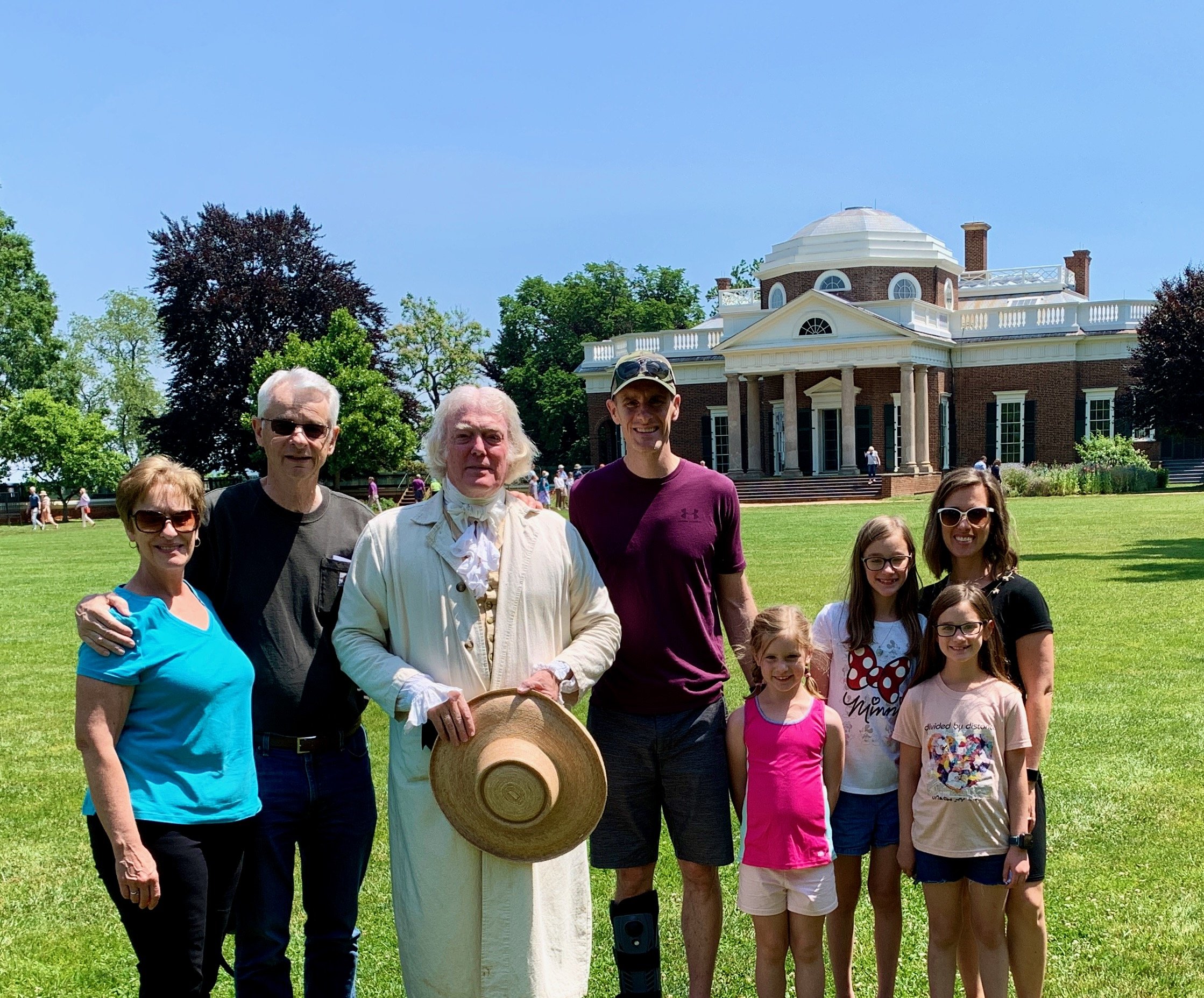Tucson, AZ and Mission Tumacácori was the next stop on our cross country road trip. In 1540 Spanish explorer Hernando de Alarcón sailed with three vessels from Acapulco to the northern shores of the Gulf of California to await the arrival of Francisco Coronado’s land expedition in quest of the Seven Cities of Cibola. He carried supplies including wheat seed for trade with indigenous peoples and in late September became the first European to ascend the Colorado River. Alcarón humanely treated the native Quechan (Yuman) and Cocomaricopan peoples of the lower Colorado-Gila region in present southwestern Arizona and was likely the first to share grain for cultivation in several locations. Alcarón’s account, published by Richard Hakluyt in 1600, includes reference to his historic encounter with the Cocopah who presented him with gourds of corn. The Spaniard responded in kind: “I showed them wheat and beans, and other seeds; …but they showed me they had no knowledge of them and wondered at all of them.” Alcarón continued upstream for at least 150 miles before turning east in a vain overland search for Coronado.
Mission Tumacácori near Tucson
Considerably farther to the east conquistador Juan de Oñate crossed the Rio Grande River from Mexico in 1598 at present El Paso and continued north with a substantial caravan of soldiers, Indians, and Franciscan missionaries along with several thousand horses, sheep and goats, and sacks of wheat. Oñate claimed the region as New Spain’s province of Santa Fe de Nuevo México and initially established his capital at Ohkay Owingeh Pueblo. In 1607 the provincial capital was relocated nearby to present-day Santa Fe where Mission San Miguel was established shortly afterward and is considered today the oldest church in the United States. Oñate dispatched expedition missionaries to pueblo communities throughout the region and within three decades twenty-five missions had been established that featured substantial churches, conventos, granaries (alhóndiga), and surrounding farms. These locations ranged from magnificent stone structures at places like Gíusewa (Mission San José de los Jémez) and Salinas (Gran Quivari) to impressive adobe edifices at Acoma (San Estévan del Ray), Isleta (San Agustín) near Albuquerque, and Taos (San Francisco de Asís) near the fertile bottomlands of the Rio Pueblo de Taos. Many of these places suffered extensive damage from the Pueblo Revolt of 1680.
Mission Tumacácori Adobe Granary Restoration
Frontier trade in grain advanced before extensive Spanish settlement and wheat likely reached the Zuni Pueblo (Mission Nuestro Señora de Guadalupe) and Pima Indians of southern Arizona’s Gila Basin in the late seventeenth century. (Trade in grain from Alcarón’s plantings a century earlier among the Cocomaricopa to the west apparently had not reached the area.) The Italian-born Austrian Jesuit missionary Eusebio Kino (1645-1711), who had tended crops and cattle as a youth, distributed soft white wheat to the area’s native peoples upon his visit to Pimería Alta in 1687. Four years later the intrepid blackrobe visited the Pima to establish Mission San José de Tumacácori and eventually over twenty other missions in the region. Pueblo dwellers along the region’s rivers had long practiced flood irrigation for maize, beans, and squash, and soon added wheat as well as barley in many places. Mission San José was relocated in the 1750s to its present site south of Tucson, Arizona where remnants of a substantial two-story adobe granary and storeroom can still be seen. Father Kino also introduced Iberian cattle, sheep, and goats to mission stations and Indian rancherias that were later tended by Franciscans following the withdrawal of Jesuits from New Spain in 1767.
Wheat sown in the Southwest during December’s appearance of the constellation Wēq—Sculpin (The Pleaides) would ripen in the time of Na’sigînax-qua—Three Men in a Line (Orion’s Belt) after harvest of traditional crops. In this way cultivation of Pima Club and other grains fit well into the agricultural calendar of the Akimel O’odham (Pima) and Tohono O’odham (Papago) peoples and were soft enough for stone grinding. When explorer Juan Bautista de Anza visited the Pima in 1774, he wrote that “…standing in the middle [of their wheat fields], one cannot see the ends, because they are so long. Their width is also great, embracing the whole width of the [Gila] valley on either side.” Continuing west on his historic overland trek to Alta California, Anza also noted prodigious stands of wheat among the Quechan.
Edward Curtis, Pima Baskets (c. 1905)
Prints and Photographs Division, Library of Congress
By the mid-1800s Pima growers supplied vast quantities of wheat to teamsters and settlers traveling along the Gila Trail and Overland Mail Route. Grain also contributed to nutritious piñole and other staple soup mixtures of grain, corn, and beans. Pima and Papago women crafted exquisite watertight fine- and coarse-woven baskets and platters for winnowing and storing grains using wheat straw bundle foundations. These were typically wrapped and beautifully decorated in geometric patterns with willow and mesquite bark while Papago bundles, sometimes fashioned from beargrass and ocotillo, were bound with split yucca leaves and mesquite bark.
Large barrel-shaped globular household granary baskets up to six feet high with a capacity of several hundred bushels were also made of coarsely woven wheat straw to hold grain, corn, beans, and other seeds. Old West painter-illustrator Frederic Remington (1861-1909) visited the Papago community at San Xavier’s Mission in Baja Arizona in 1886 while on assignment for Harper’s Weekly and noted the area’s distinct deep blue horizons and burnt sienna landscapes with warm purple shadows. He contributed a series of sketches of Papago life including “Threshing Wheat” and “Grinding” arranged as a bulletin board illustration that the magazine published in 1887.
Frederick Remington Papago Threshing Harper’s Weekly Illustration (April 2, 1887)

























